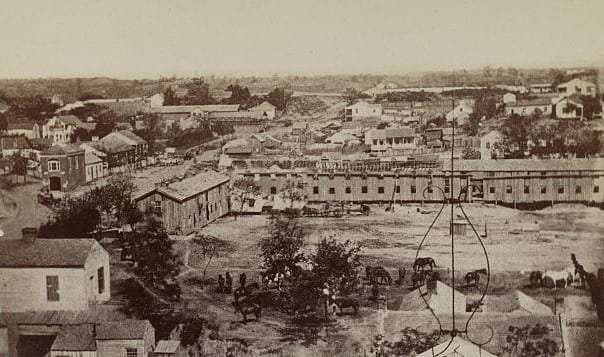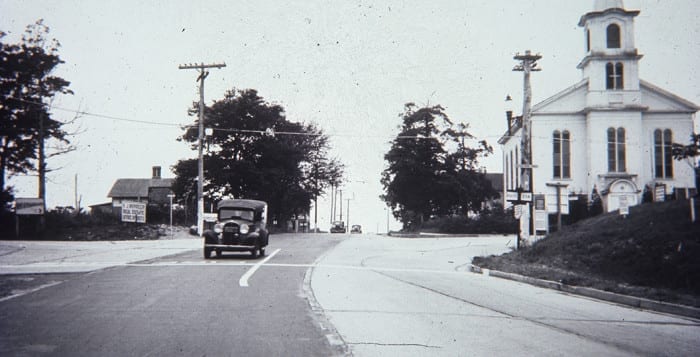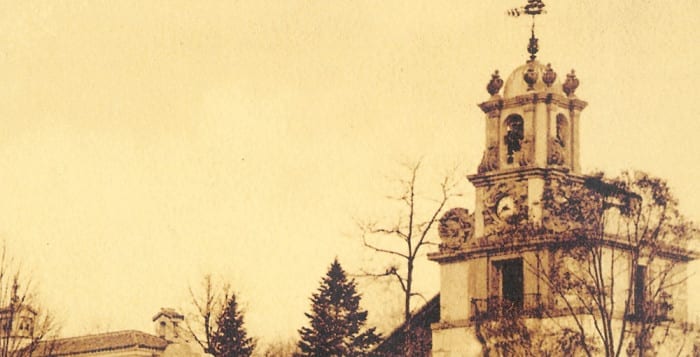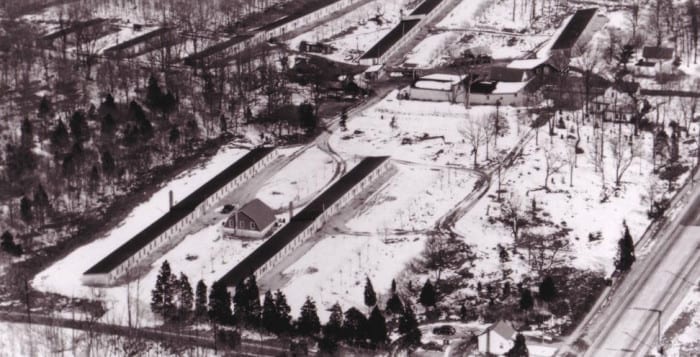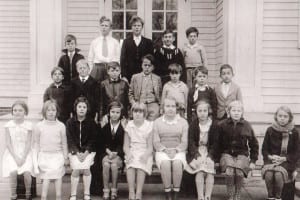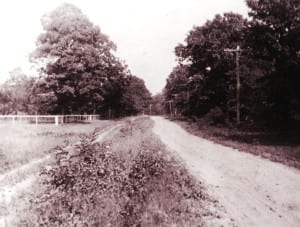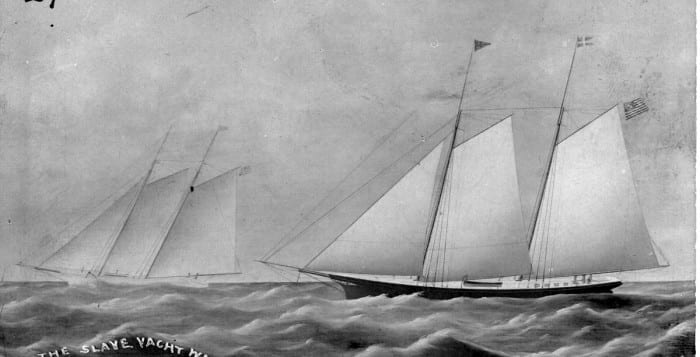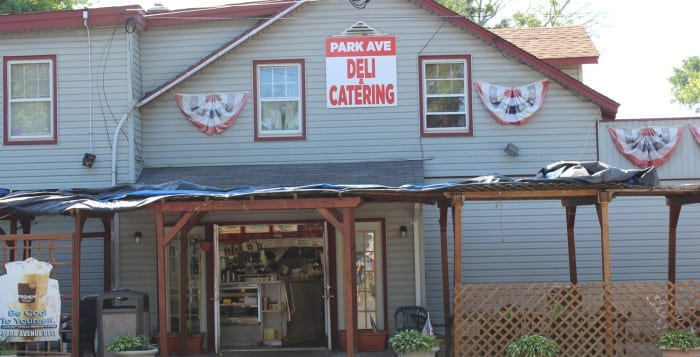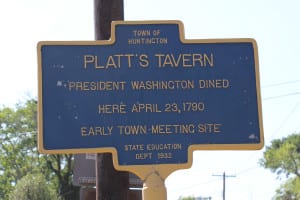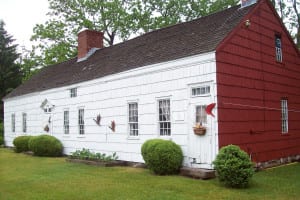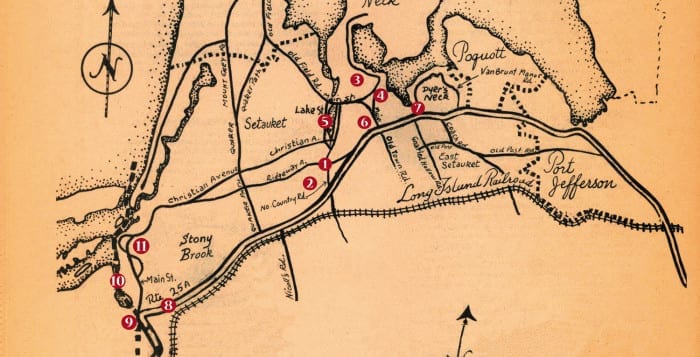By Rich Acritelli
Independence Day commemorates the birth of our nation as well as a day when the Union Army notched a huge victory during the Civil War. It was a July 4 more than 150 years ago that saw some of the most serious fighting ever to take place on U.S. soil.
President Abraham Lincoln wanted desperately to end the Civil War and preserve the Union. By mid-1863, the only way to accomplish that goal was to destroy the southern will to fight. Lincoln’s most important leader was Gen. Ulysses S. Grant, who in 1861 was a shop clerk in his family’s store in Illinois. Nobody, including Grant, could have foreseen his quick rise from obscurity to one of the best fighting figures the nation ever produced.
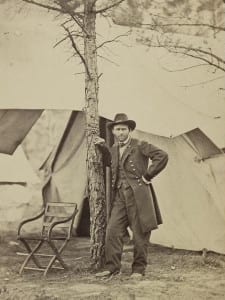
During the war, Lincoln grew increasingly bitter toward the officers tasked with attacking the South. He detested Gen. George B. McClellan and later fired him for his unwillingness to crush the rebellion in Northern Virginia. For two years, the Army of the Potomac became a revolving door for other officers who failed to defeat Confederate Gen. Robert E. Lee.
Lincoln had a limited military background, serving as a captain during the Black Hawk War between the U.S. and Native Americans three decades earlier, but took his job as commander-in-chief seriously. One of his most important decisions was keeping Grant as the head of the Army of the Tennessee after the 1862 Battle of Shiloh and in the face of rumors that Grant was an alcoholic and unable to carry out his duties.
Grant’s rise to commanding general began during the Battle of Vicksburg.
Vicksburg was known as the “Gibraltar of the Confederacy” and the “citadel” on the Mississippi River. Early in the Civil War, Grant understood taking that location would divide the Confederacy, open the river to Union naval and commerce shipping and prevent resources from reaching Lee in Northern Virginia. Grant was determined to destroy it.
In April 1863, he saw he would only gain a victory by moving his army south and attacking Vicksburg on the same side of the Mississippi held by the enemy. This was a risky decision — one that could win or lose the war in the West. The campaign involved Grant cutting off his own supply and communication lines, with he and his men living off the land using the lessons he learned while fighting in the Mexican-American War. If he and his fellow soldiers could survive in the deserts and heat of Mexico, the Civil War fighters could do the same with the hearty agriculture, cattle and poultry resources in Mississippi.
On April 16, with his wife and youngest son Frederick next to him, Grant ordered a naval flotilla of gunboats and barges to make the perilous journey south. The Confederacy opened up its vast armaments but failed to destroy the ships, and Grant turned his gamble into a string of victories that led to the demise of Vicksburg.
Through July 4, Lincoln watched in amazement as the general decisively drove against the enemy. When one politician suggested the operation was a failure and that Grant was again drinking too much, Lincoln retorted that Grant was engaged in some of the most serious and successful fighting the world had ever known.
It was a cunning campaign to operate within the Confederacy. Southern Gens. Joseph E. Johnston and John C. Pemberton both commanded larger forces but under the attack of Grant’s Union Army were unable to combine their forces in battle. In Washington, D.C., Lincoln watched Grant take Jackson, Miss., the home of Confederate President Jefferson Davis, thereby cutting off the supply, communication and transportation links that supported Vicksburg.
In late May 1863, Grant began a 48-day siege that trapped Pemberton, a native of Pennsylvania, and his forces on the Mississippi River. By July 4, Pemberton’s men were starving and had lost their morale; they surrendered. On our nation’s birthday, Grant took 31,000 Confederate soldiers as prisoners of war, and seized 172 cannons and 60,000 rifles.
Church bells rang out in northern cities to celebrate the Army of the Tennessee’s efforts to finally take Vicksburg in one of the most vital campaigns of the war, on the road to reuniting America.
Rich Acritelli is a social studies teacher at Rocky Point High School and an adjunct professor of American history at Suffolk County Community College. He was a staff sergeant in the New York Air National Guard 106th Rescue Wing in Westhampton Beach.

